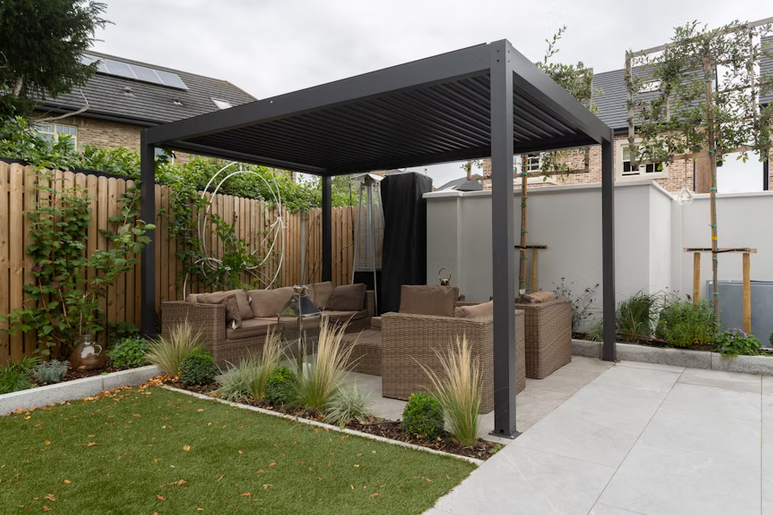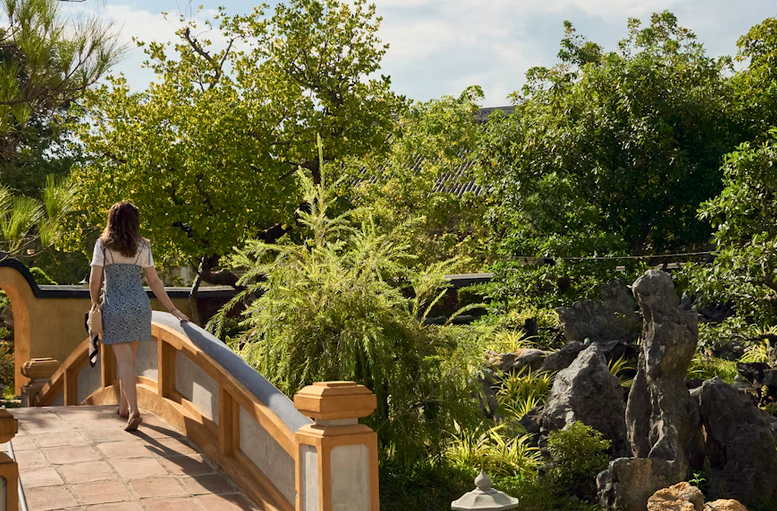From Concept to Curb Appeal: Inside a Landscape Design Project
Great landscaping doesn’t happen by accident. It starts with a plan and a clear concept designed around the property, the climate, and the people who use the space. A well-executed landscape design blends form and function. It supports the lifestyle of the homeowner while increasing property value. Features like Alumawood patio covers can be integrated to provide durable shade solutions that match the home’s style. From the first consultation to the final walkthrough, each phase has a purpose.
Initial Consultation
The process starts with a conversation. A landscape designer visits the property to listen, observe, and ask questions. They want to understand how the space is used. Is it for entertaining? Relaxation? Gardening? This stage includes walking the yard, taking notes, and identifying any challenges. Slope, drainage, sun exposure, and existing features all matter. Measurements and photos are usually taken. These details help shape the direction of the design.
Concept Development
After the site visit, the designer creates a rough concept. This is a broad layout that outlines the zones of the yard. It may show a patio, a lawn, pathways, or a garden bed. It’s not about specifics, yet it’s about placement and flow. The designer uses this stage to make sure the plan fits the client’s needs. They may provide sketches, digital renderings, or mood boards. Client feedback is essential here. It ensures the project is heading in the right direction before materials and budgets are discussed.
Design Refinement

Once the concept is approved, the next phase is to get into the details. This includes selecting plants, hardscapes, lighting, and finishes. The materials chosen need to suit the climate and soil conditions. Some clients want drought-tolerant landscaping. Others want lush flower beds with seasonal color. The designer must find a balance between beauty and maintenance. Layout plans now include measurements, materials lists, and often 3D visuals. These help clients see the full picture before anything is built.
Construction and Installation
The transformation begins here. Site preparation is the first task. That might mean removing old plants, leveling the ground, or installing drainage systems. Hardscaping comes next, including patios, walkways, walls, and decks. Once the structure is in place, planting follows. Trees, shrubs, and flowers are placed according to the plan. Mulch, sod, irrigation, and lighting systems go in last. This phase can take days or weeks, depending on the size of the job. Skilled crews work methodically to bring the design to life.
Final Walkthrough

After installation, the designer or project lead walks through the site with the client. They explain how to care for plants and operate systems like irrigation or lighting. Any questions are answered on the spot. This is also the time to check that everything matches the plan. If something needs adjusting, it’s handled quickly. The goal is to ensure the client is fully satisfied before the project is closed. A completed landscape project adds more than just beauty. It creates a space people enjoy and use. It can improve air quality, support local wildlife, and manage water better. It also boosts curb appeal, which adds value to the property.
Every landscape design project moves through stages, from vision to reality. What starts as an idea becomes a functional, beautiful space with proper planning and execution. It takes collaboration, experience, and attention to detail. For the homeowner, the result is more than a finished yard. It’s a space with purpose and personality, crafted with the utmost care from concept to curb appeal.…
Read More →